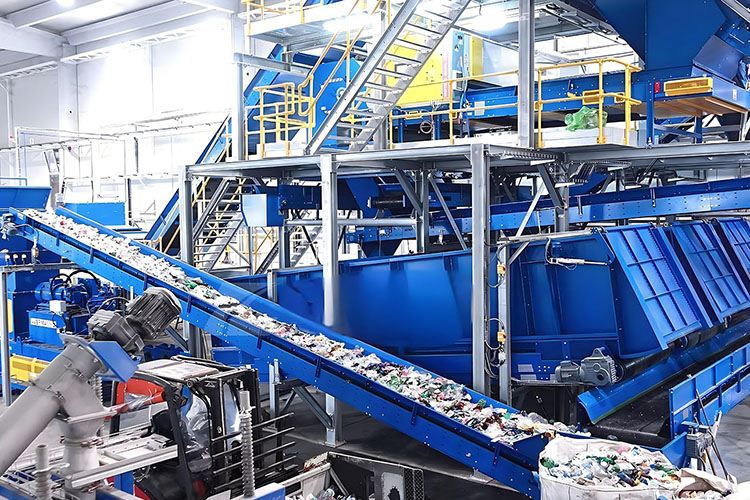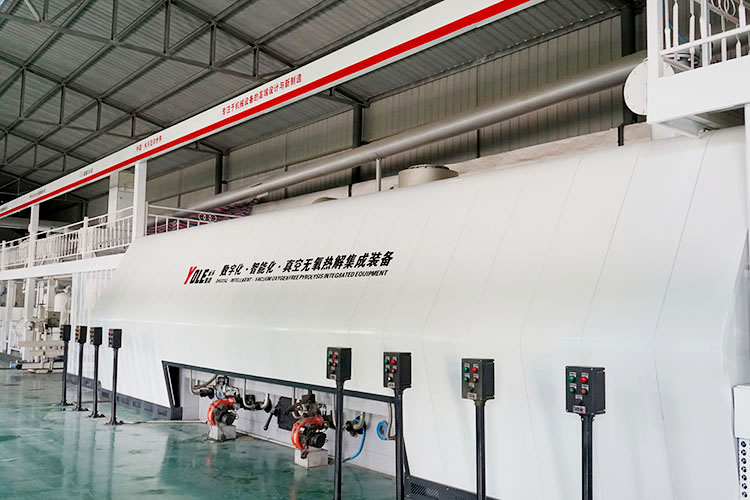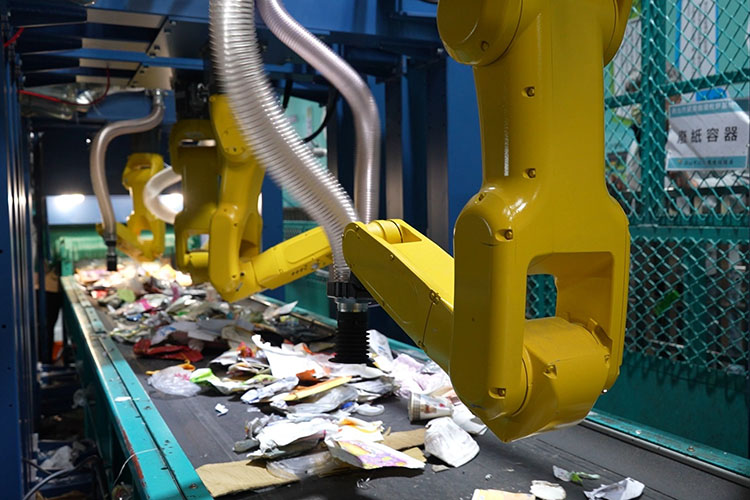In the field of urban and rural household waste treatment, innovative technologies are driving the industry towards new heights of resource utilization and harmlessness. The household waste incineration equipment adopts the anaerobic low-temperature continuous pyrolysis process, which efficiently decomposes household waste under low temperature conditions of 200-300 ℃ through precise temperature control and oxygen deficient environment design, completely avoiding the generation of toxic substances such as dioxins in traditional incineration. Not only does it achieve the thermochemical conversion of organic matter, but it can also simultaneously produce inert solid carbon slag, pyrolysis fuel oil, and bio natural gas. The entire process does not require external energy intervention, relying only on the energy generated by the pyrolysis of the waste itself to maintain operation, truly achieving the closed-loop goal of "waste to waste".

The resource utilization of pyrolysis products after treatment by household waste incineration equipment is the core highlight of the technology. After sorting and recovering metals, solid carbon slag can be used as building materials or soil amendments, achieving high added value applications; The quality of pyrolysis fuel oil is stable and can be directly used as industrial fuel or self supplied energy for equipment, significantly reducing operating costs; After dechlorination and purification, bio natural gas is transported back to the system for heating, meeting more than 60% of the energy demand of the equipment and forming an energy internal circulation system. Through multi-level resource recycling, the economic benefits per ton of garbage have been significantly improved, injecting sustainable energy into urban and rural garbage treatment.
The incineration equipment for household waste has shown excellent performance in terms of treatment efficiency. After pyrolysis, the quality of household waste is reduced by more than 50%, and the volume is reduced by over 90%, far exceeding the reduction level of traditional landfill or incineration. At the same time, the carbon emissions throughout the process are reduced by 0.4-0.7 tons/ton of garbage compared to traditional methods. Combined with intelligent monitoring and activated carbon filtration systems, it ensures nearly zero emissions of pollutants such as exhaust gas and wastewater, meeting strict environmental standards. The design of daily processing capacity ranging from 10 tons to 300 tons can flexibly adapt to different scales of urban and rural needs, especially suitable for decentralized and localized processing scenarios.

The technical applicability of household waste incineration equipment covers various types of waste such as urban household waste, agricultural and forestry straw, kitchen waste, and municipal sludge. In response to the characteristics of mixed waste, the household waste incineration equipment is equipped with a pre-treatment and sorting module, which can automatically remove non combustible materials such as glass and metal, and improve the pyrolysis efficiency; Materials with high organic matter content such as straw and sludge are further converted into clean energy through catalytic cracking devices, completely solving the problems of odor and leachate in traditional treatment. This versatile processing capability provides a one-stop solution for comprehensive management of urban and rural environments.

The household waste treatment equipment with low-temperature pyrolysis technology as its core is reshaping the future landscape of waste management. Its three in one model of "reduction, resource utilization, and harmlessness" not only reduces the cost of waste disposal, but also converts waste into energy and raw materials, helping to achieve the "dual carbon" goal. Choosing this technology means embracing new opportunities for a green economy and paving a clean and efficient path for sustainable development in both urban and rural areas.
Yongle Environmental Protection is mainly engaged in the research and development, production and sales of complete sets of technical equipment for organic solid waste disposal and comprehensive utilization. Production and manufacturing, domestic waste treatment equipment, tire pyrolysis equipment, medical waste disposal equipment, hazardous waste disposal equipment, and achieve efficient and comprehensive utilization of resources through independently developed low-temperature anaerobic pyrolysis equipment technology solutions.
Tags:Household waste incineration equipment, a new path for efficient treatment and resource utilization,Household waste incineration equipment,YONGLE GROUP
 Latest news
Latest news


























